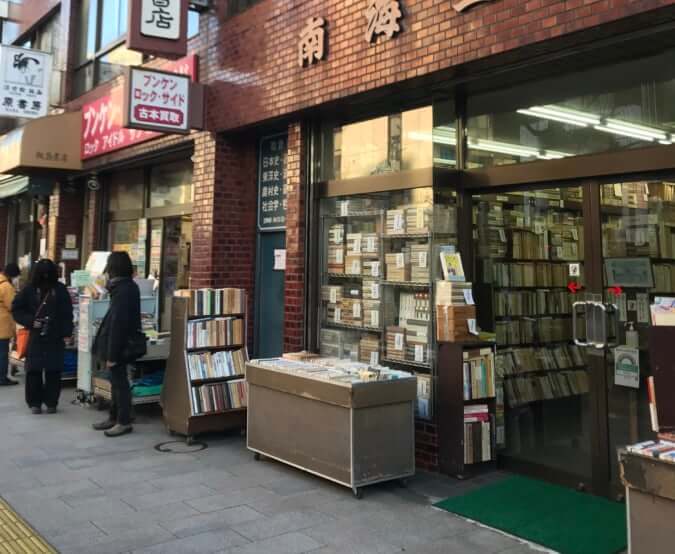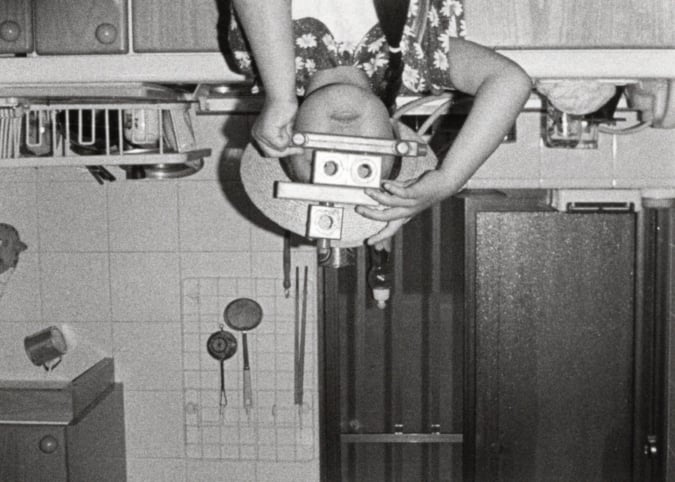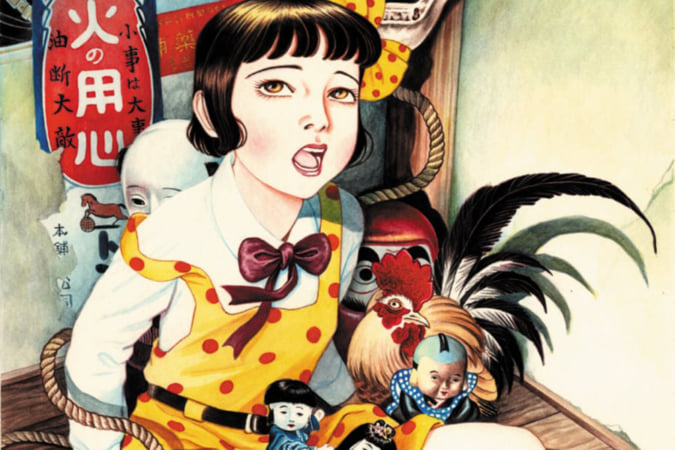Rhizomatiks, Augmented Choreography
With his collective, Daito Manabe manipulates light and transposes the contours of dancers into data to explore their movements.
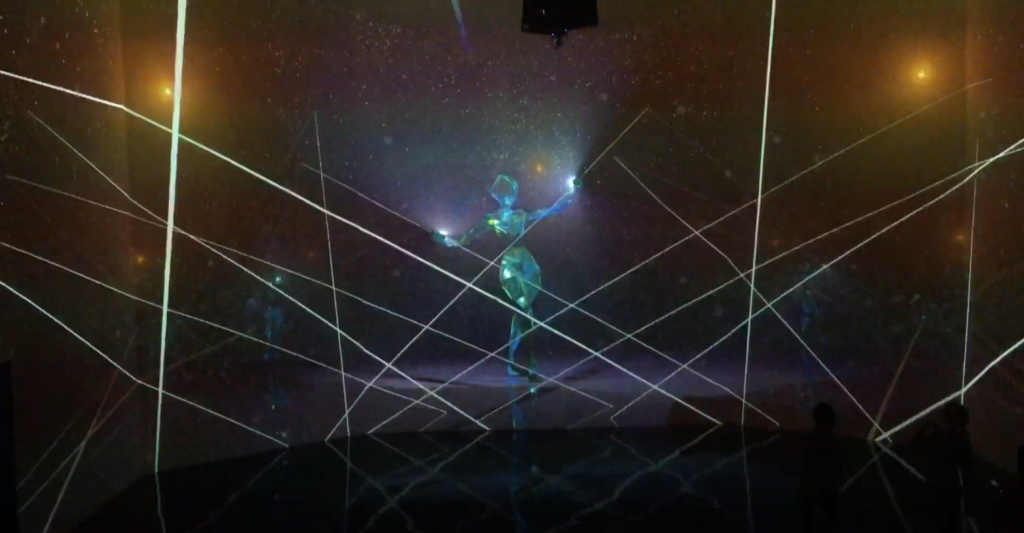
Daito Manabe x Rhizomatiks Research, “Lucid Motion”, 2019 ©︎ ARTECHOUSE
The pixels appear on stage. In a video lasting almost five minutes, the Rhizomatiks collective presents an immersive musical and choreographic show. In a bewitching digital display, this projection interprets human movement through dance, shadows, and light.
Founded by Daito Manabe in 2006, Rhizomatiks combines arts and technology to create large-scale projects and exploit the sensational. With varied backgrounds and mediums, the members have their own universe that brings together sound, visual art, architecture, design, and programming, among other specifications.
The creative process also involves research (Rhizomatiks Research), with each site becoming a testing ground. Filmed as part of the exhibition Lucid Motion in 2019, which comprised a total of three installations, this eponymous video combines culture and entertainment, reflecting the collective’s ambitions.
Making data dance
The music starts, ringing out, the lasers crackle. The show begins. A human silhouette appears, nondescript, sexless and featureless, with only its body and muscles outlined, highlighted geometrically. The viewer is looking at a dancing entity. It stands in the centre in first position, toes turned out so that the feet form a straight line, heels touching. A contemporary choreographic sequence ensues, accompanied by beams of light that act as an extension to the limbs.
‘There are a number of sections in which the dance is complemented by virtual light, which isn’t possible in the real world, only in the virtual world. This is one of the characteristics of this piece’, Daito Manabe explains. The figure multiplies as it pleases, switching from solo to synchronised choreography. In a constant state of metamorphosis, each element opens up a spectrum of forms. The flashes of light become grains of sand, then sea foam. The dancer transforms into wind, before evolving into cosmic matter.
‘The meaning of the light is only reinforced when there is something to reflect and diffuse it. In this piece, both light and the invisible vector field are controlled by the movement of the dancer, which modifies the trajectory of objects floating in the air to present a variety of expressions.’ The viewer thinks they are experiencing synaesthesia, a ‘conversion of sound into a visual medium’, in which music is made visible due to variation in waves, and the movement due to rays of different shapes. The planes are superimposed and alternate, as if several dimensions were opening up to the viewer.
Moving beyond the hype
The projection, omnidirectional and inside a dome, gives a feeling of complete immersion. This was the decision of the venue accommodating it; ARTECHOUSE is a space that hosts innovative exhibitions at the crossroads between art, science, and technology and explores the functions of multimedia to create ‘one-of-a-kind’ experiences, as they describe them. Their originality comes less from the device than from their content. ‘Immersion is a new, popular format. We now have a whole range of useful tools that were not available ten years ago. This change is important, but at the same time, it means that “immersion and interactivity” are themselves less important and less precious. The visual and musical content used in the piece are more important.’ Daito Manabe declares: ‘I wanted people to look only at the music, dance, and images in this work.’
One of the characteristics of dance is that it represents a bridge between sport and art. It meets with music, and together they form one of the oldest means of expression. ‘It’s also a field in which innovative forms of artistic expression are created by combining various visual devices.’ Rhizomatiks gathered a large quantity of digital data via sensors placed on real dancers in order to recreate human movement as accurately as possible. The interactivity is therefore shifted from the audience to the artist. ‘In around 2008, I got to thinking that it was more interesting to create visuals by using the movement of dancers rather than those of the audience. Since then, my interactive work has mainly involved collaborations with dancers.’ These include the Japanese pop group Perfume, composed of three women who turn their videos and concerts alike into futuristic events thanks to Rhizomatiks, and have been featured in events such as the 2013 edition of Cannes Lions, the international festival of creativity.
Lucid Motion (2019), a video by the Rhizomatiks collective, can be viewed on Daito Manabe’s YouTube channel. More information about the Rhizomatiks collective can be found on their website and on Daito Manabe’s website.
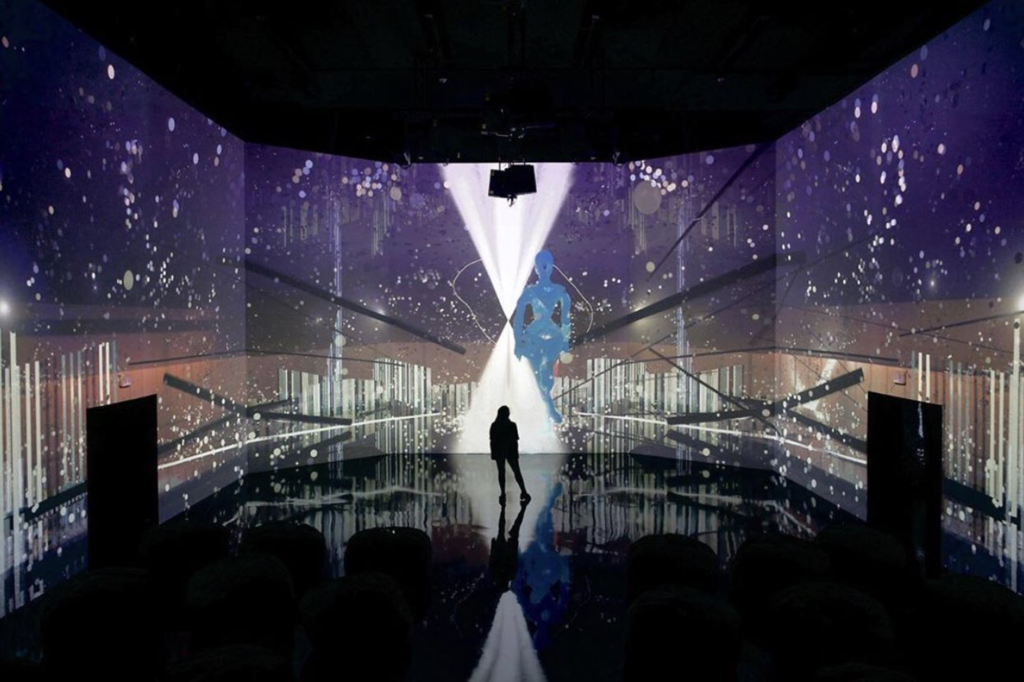
Daito Manabe x Rhizomatiks Research, “Lucid Motion”, 2019 ©︎ ARTECHOUSE
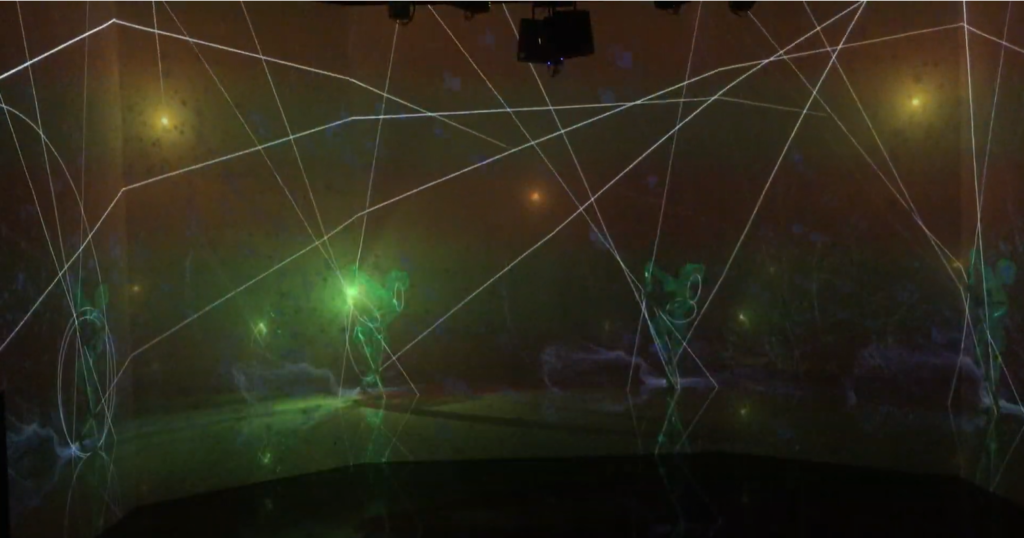
Daito Manabe x Rhizomatiks Research, “Lucid Motion”, 2019 ©︎ ARTECHOUSE
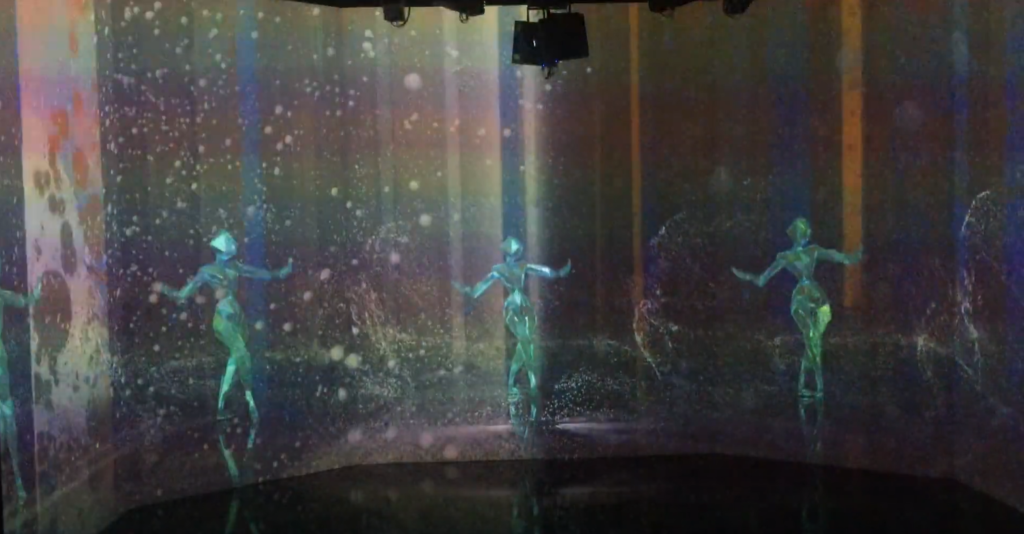
Daito Manabe x Rhizomatiks Research, “Lucid Motion”, 2019 ©︎ ARTECHOUSE
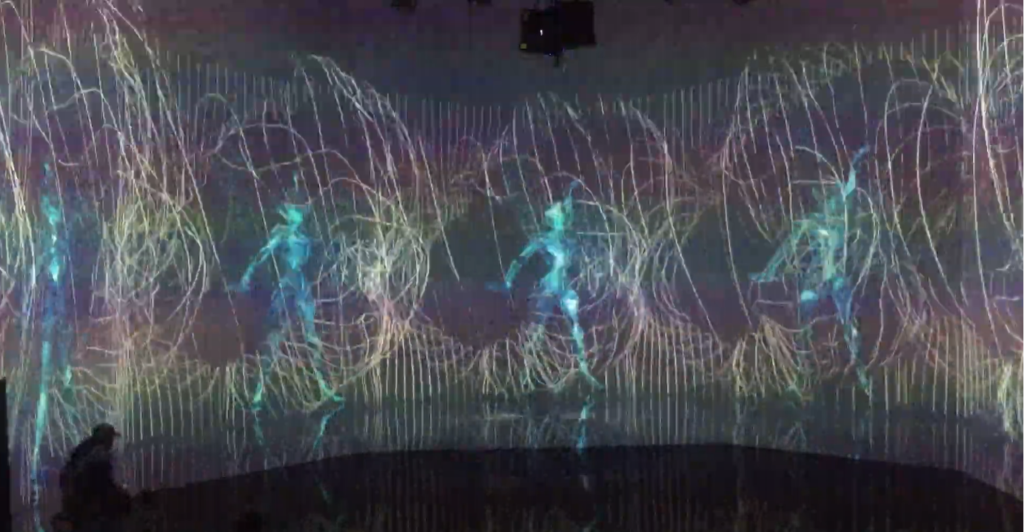
Daito Manabe x Rhizomatiks Research, “Lucid Motion”, 2019 ©︎ ARTECHOUSE
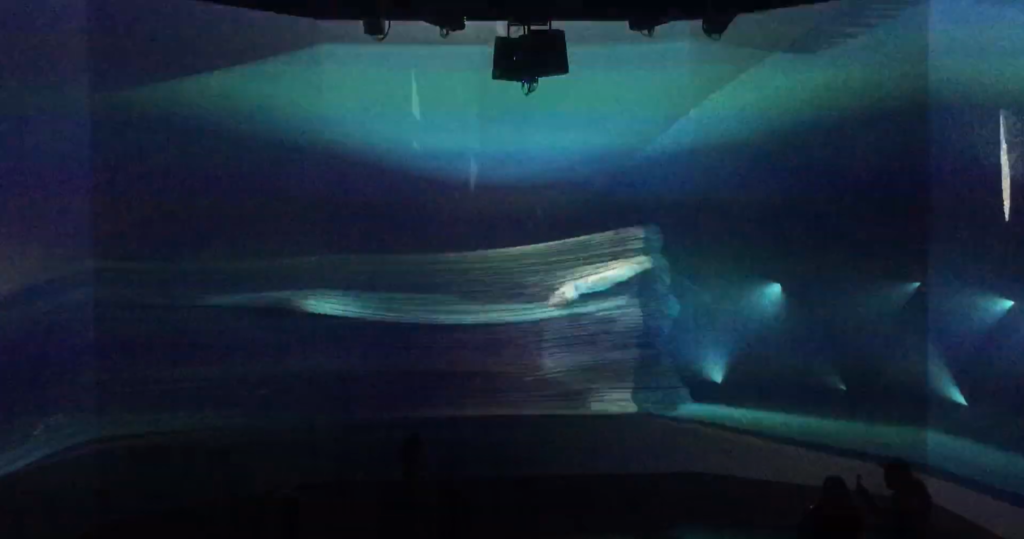
Daito Manabe x Rhizomatiks Research, “Lucid Motion”, 2019 ©︎ ARTECHOUSE
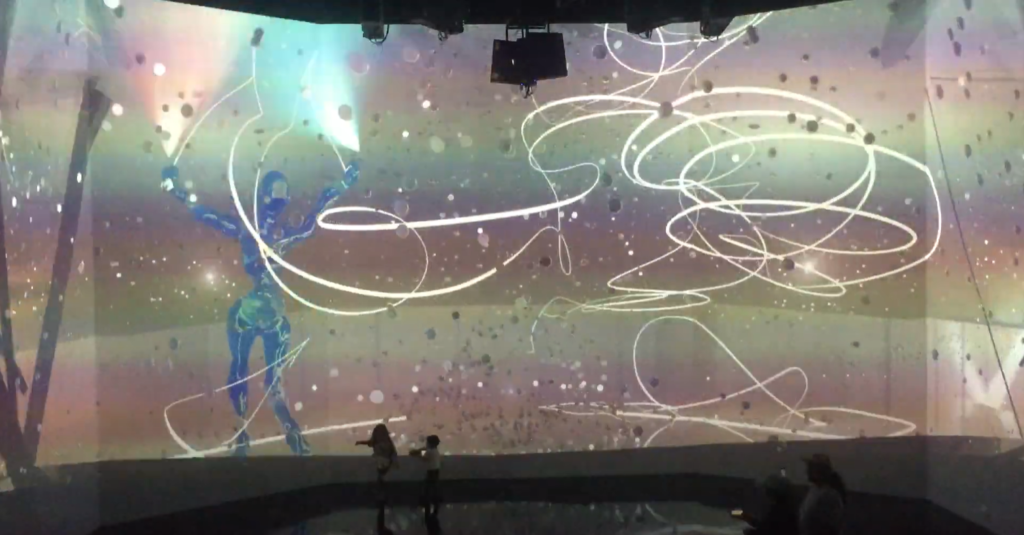
Daito Manabe x Rhizomatiks Research, “Lucid Motion”, 2019 ©︎ ARTECHOUSE
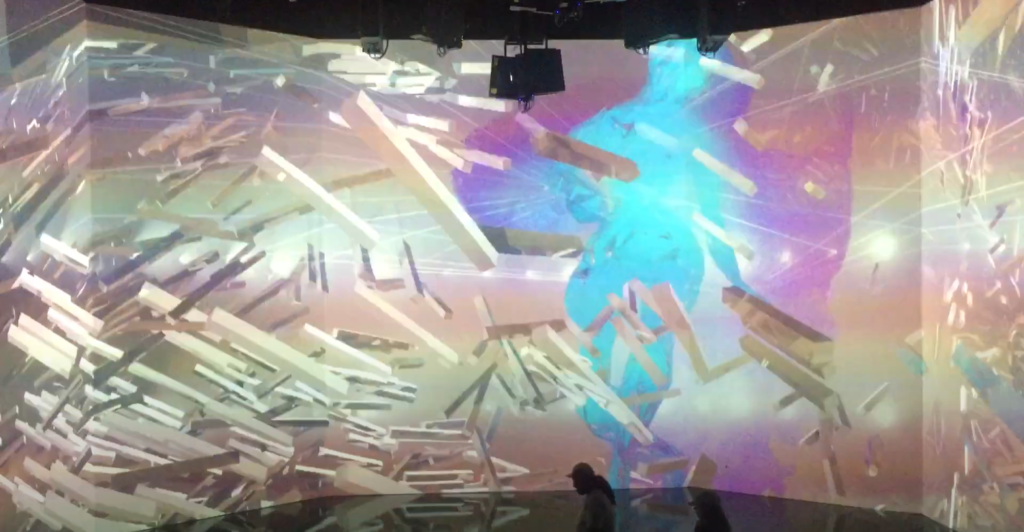
Daito Manabe x Rhizomatiks Research, “Lucid Motion”, 2019 ©︎ ARTECHOUSE
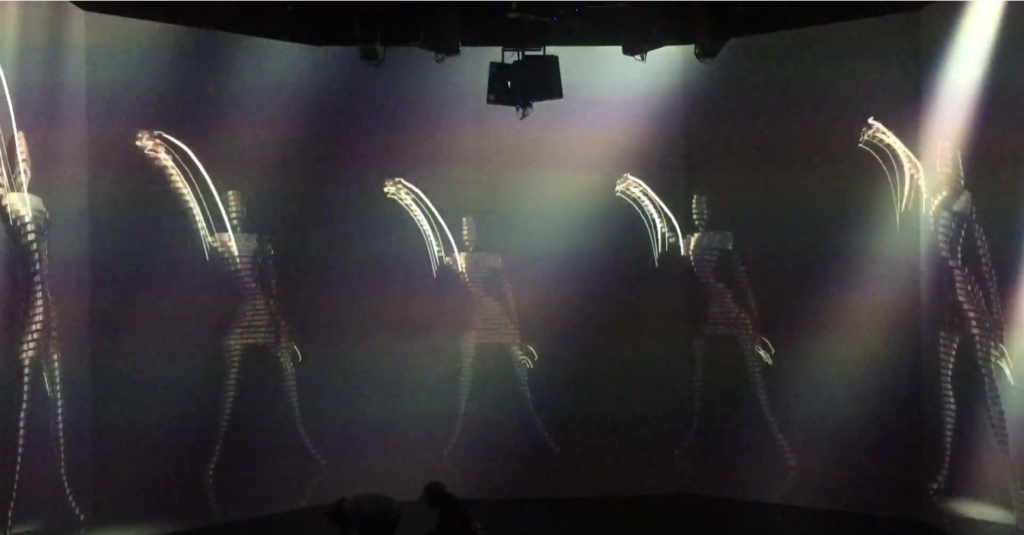
Daito Manabe x Rhizomatiks Research, “Lucid Motion”, 2019 ©︎ ARTECHOUSE
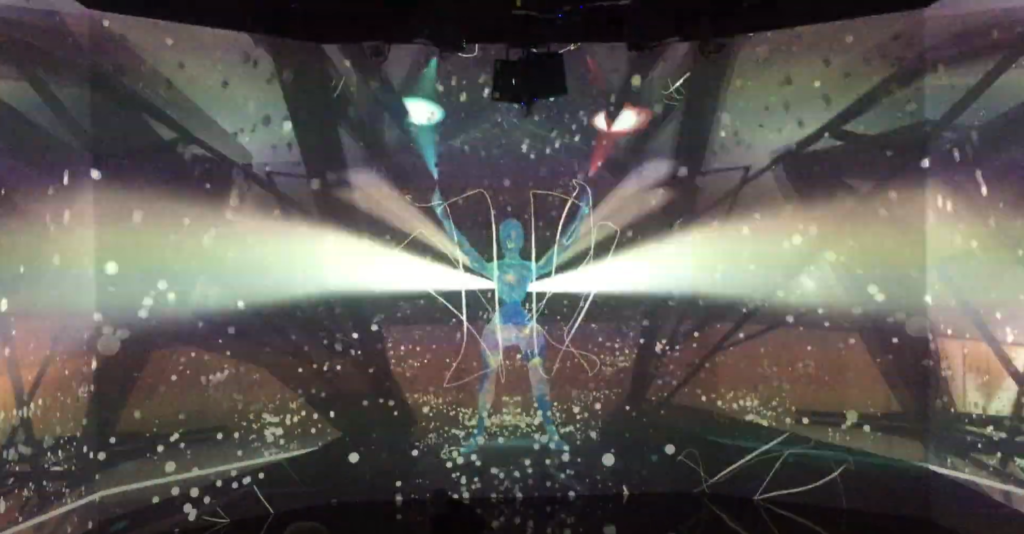
Daito Manabe x Rhizomatiks Research, “Lucid Motion”, 2019 ©︎ ARTECHOUSE
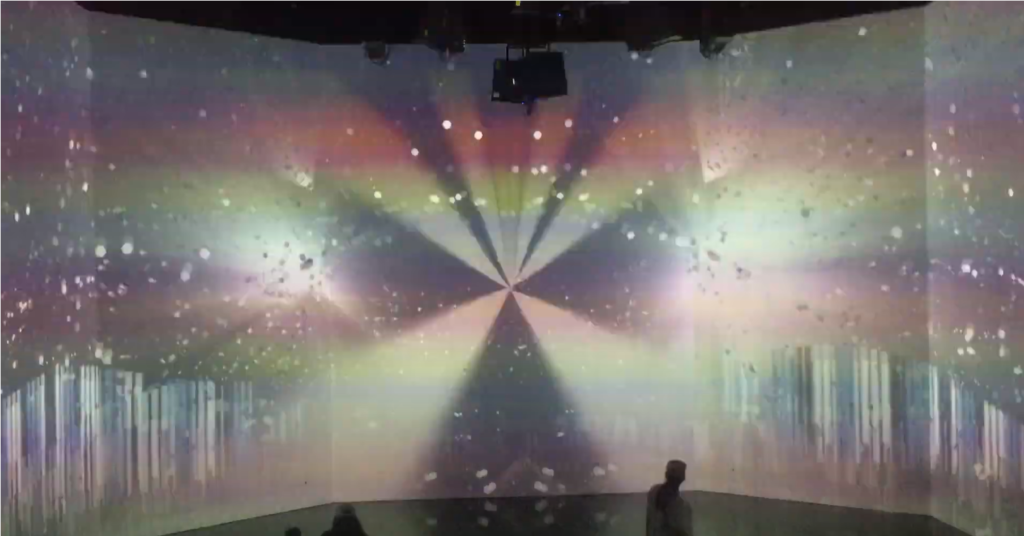
Daito Manabe x Rhizomatiks Research, “Lucid Motion”, 2019 ©︎ ARTECHOUSE
TRENDING
-
Jinbocho, Tokyo’s Book District
This neighbourhood in Chiyoda-ku has become a popular centre for second-hand book stores, publishing houses and antique curiosities.

-
Issei Suda’s ‘Family Diary’, A Distant Look at Daily Life
For two years, he photographed his family using a Minox, a tiny camera notably employed by intelligence agencies.

-
‘Shojo Tsubaki’, A Freakshow
Underground manga artist Suehiro Maruo’s infamous masterpiece canonised a historical fascination towards the erotic-grotesque genre.

-
Roland Barthes and Japan
From his travels to Japan in the 1960s, the author drew 'Empire of Signs', a book in which he details the things which caught his attention.

-
Recipe for ‘Okayu’ from the Film ‘Princess Mononoke’
This rice soup seasoned with miso is served by a monk to Ashitaka, one of the heroes in Hayao Miyazaki's film.

